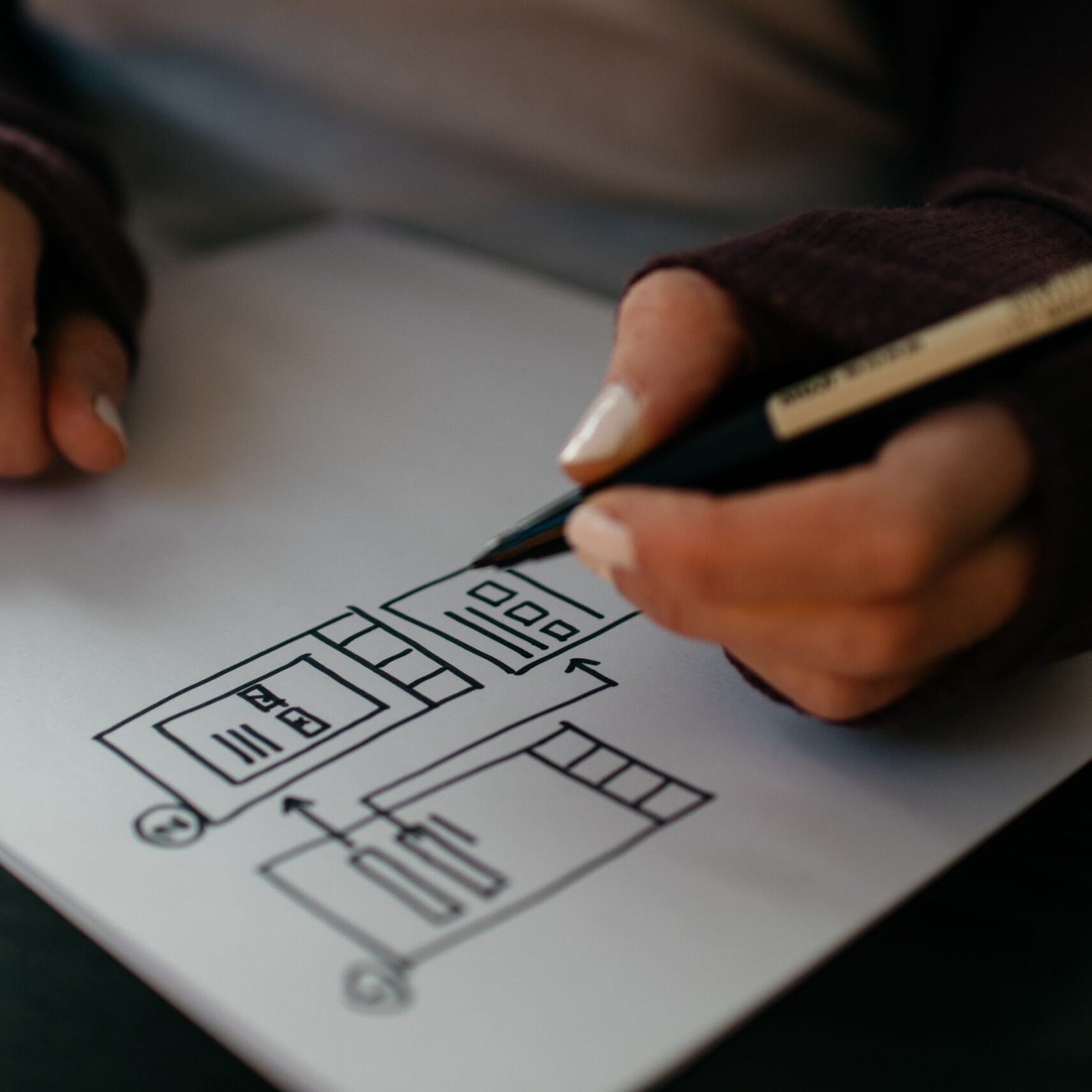Evaluating UX: User Experience Efficiency
Companies are constantly looking for ways to improve upon their current user experience plan and increase positive relationships with clients and users. But how can they determine if their current plan is working or what they should change (if anything)?
Three points measure the user experience in a way that will allow organizations to test for usability success. In the previous blog post, we discussed Effectiveness – the second of these points is Efficiency, which measures how quickly users are able to realize a process.

In this modern digital era, users look for a way to find answers to their questions more quickly and accomplish their tasks efficiently and productively. Since there are countless companies in each industry, organizations find themselves in a more challenging and option-filled market. Website designers are now dealing with experienced users who are accustomed to having a speedy user experience when they navigate a site – efficiency measures how long it would take a user to accomplish basic tasks within that interface as well as how appealing they find the UI (User Interface) itself, which will improve their overall process.
The website’s intuitive design should create an effortless grasp of the composition and design of the site. Determining how quickly users are able to complete an activity or set of tasks can show an organization what means they need to take to improve the user experience and interface. A few tests to implement could be to see if a user takes a certain amount of time to finish a process or if they feel that it is simpler to call up a support service or speak with an individual to walk them through it. The key is to be able to explore a website and manage objectives without needing someone to hold your hand through it.
Efficiency, as a whole, takes both success and time into account. Through these series of tests, a company can determine what site improvements need to be made through consistent site evaluation and can learn more about its audience and users. Excelling in this involves setting measurable goals that will ultimately improve the user experience and interface of any properly designed website.
The final point, Satisfaction, will be discussed in the next blog post.
Next Item
Designing with UX/UI

Related Articles
Navigating Usability Testing for Effective UX Design
June 19, 2024
The Future of User Experience
March 18, 2023


